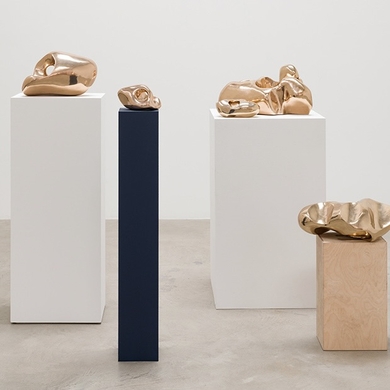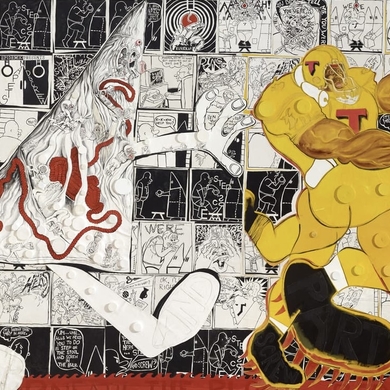Pablo Picasso, born in 1881 in Malaga, Spain, was schooled in art by his father, Don José, who was a painter and a professor of art. Picasso’s father insisted that his son train classically, doing portraits of his sister Lola and his Aunt Pepa. By the time Picasso was 13 he had surpassed his father. The avid young artist took in the work of contemporaries such as Munch, Toulouse-Lautrec, and Rossetti, and continued learning from masters like El Greco. Picasso moved to Paris, where during the winter of 1900 he used his own paintings to keep the fire running during long freezing nights. The 1901 suicide of his friend Carles Casagemas marked the beginning of Picasso’s Blue Period (1901–1904), followed by his Rose Period (1904–1906), followed by an African Period (1907–1909). By then Picasso was 28 and heading toward Cubism. This exhibition explores work from his teens through his 20s. —Elena Clavarino
Arts Intel Report
Pablo Picasso: The Legacy of Youth

When
Mar 13 – July 17, 2022
Where
Etc
Pablo Picasso, “Portrait of a Young Woman (The Madrilenian),” c. 1901 © Succession Picasso/DACS, London 2022.



